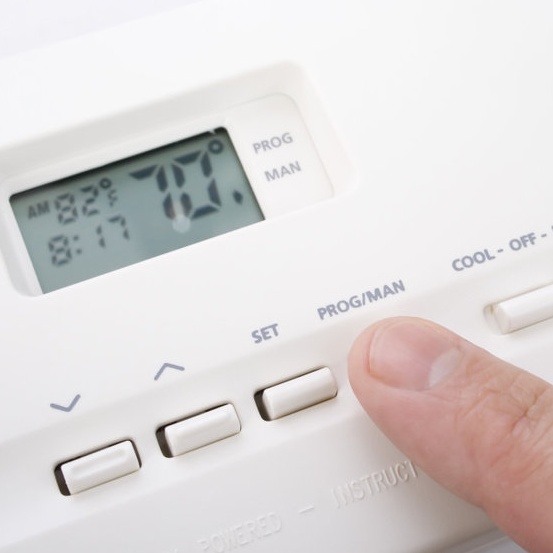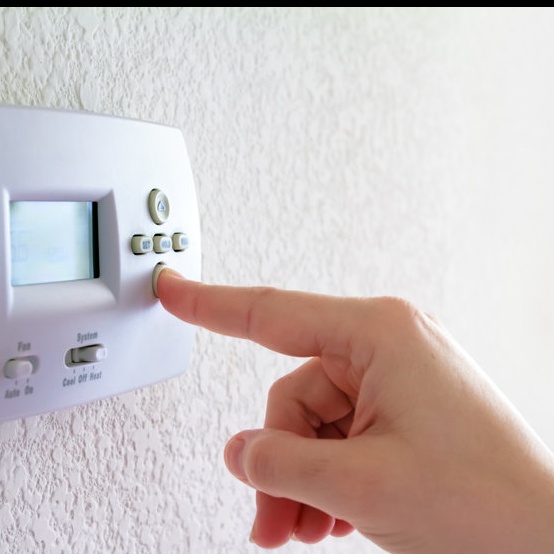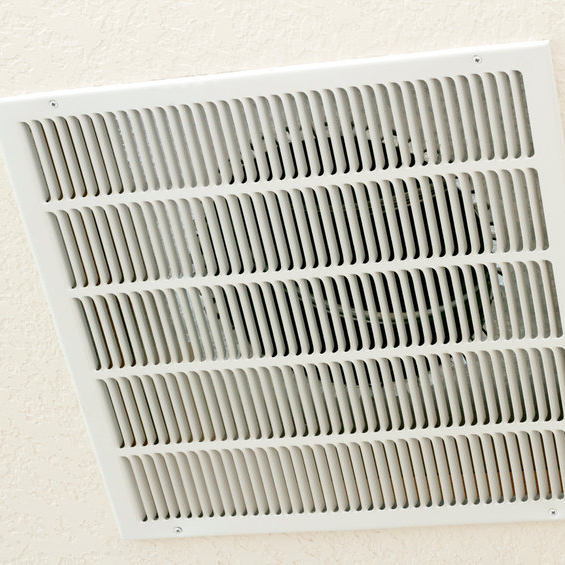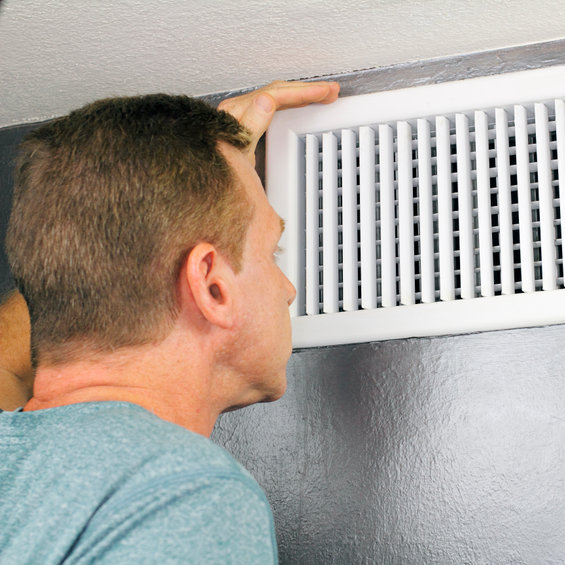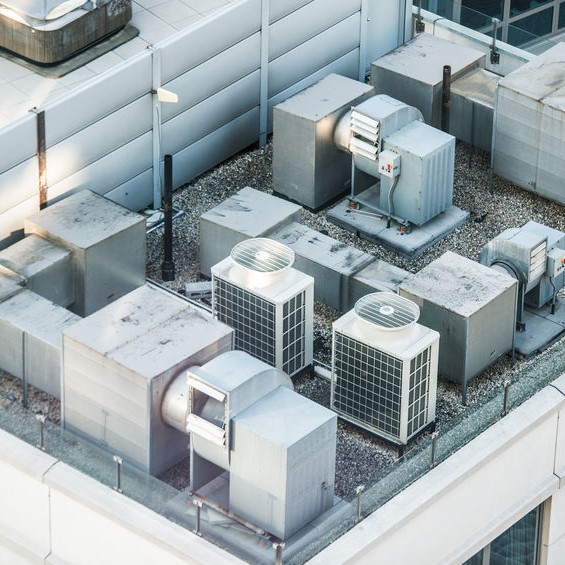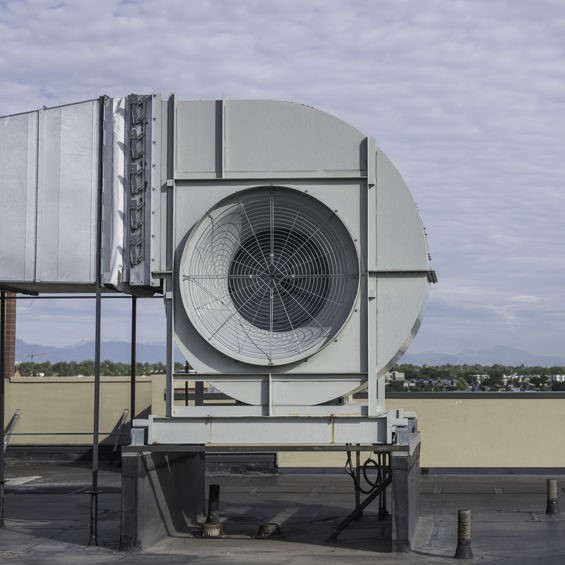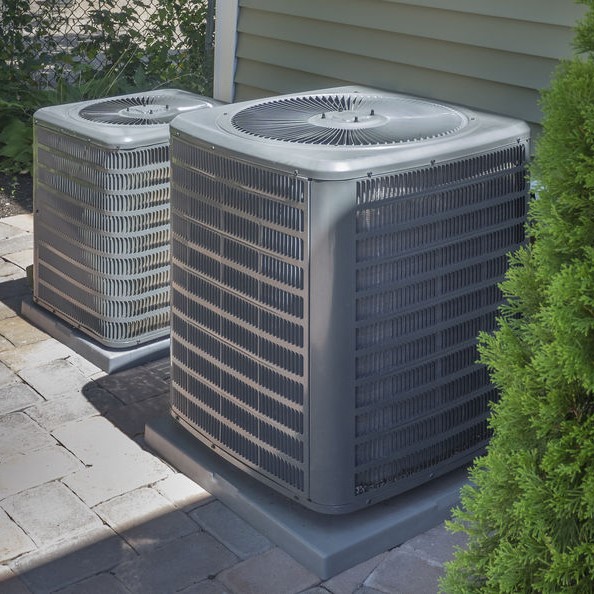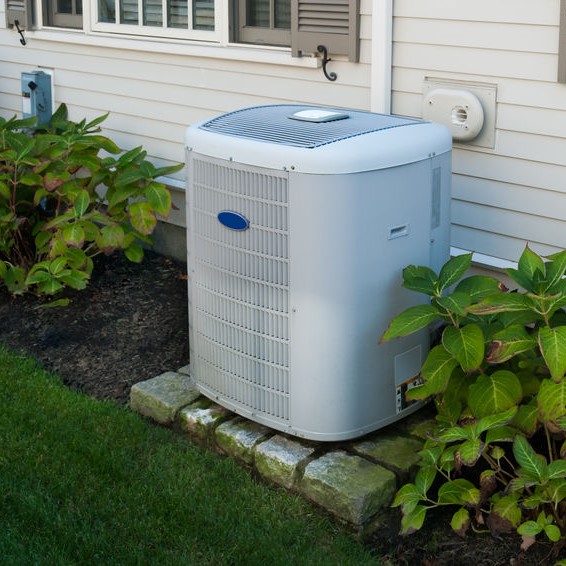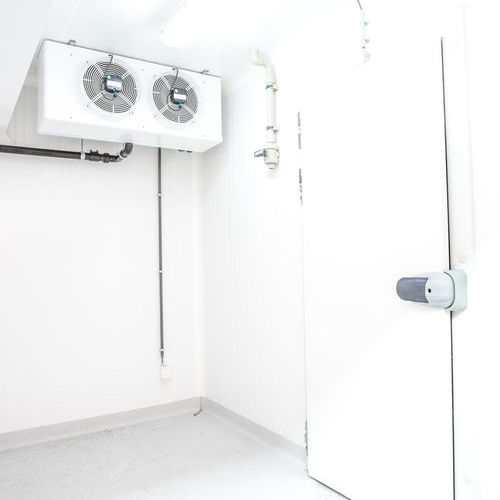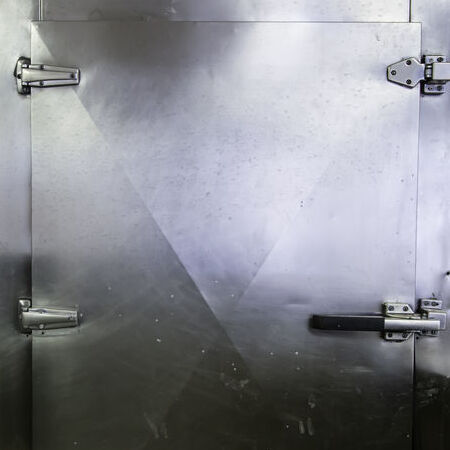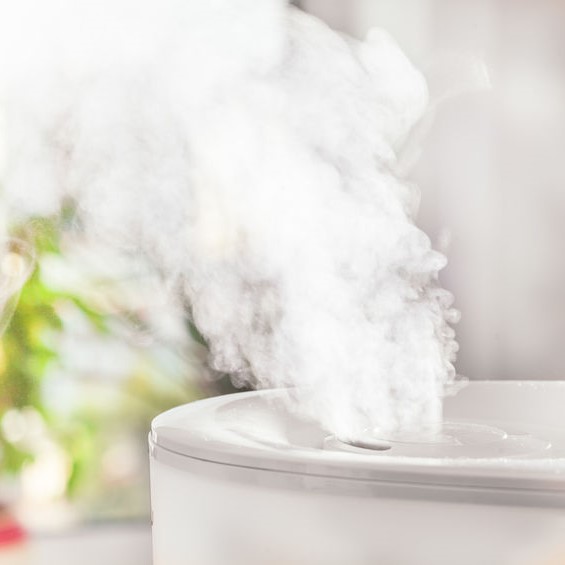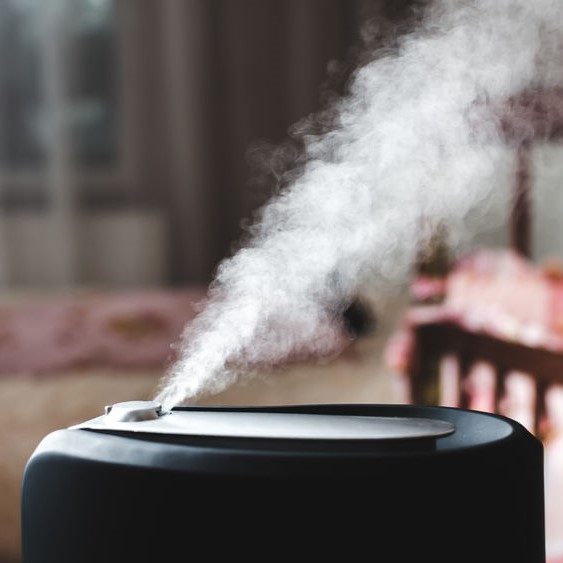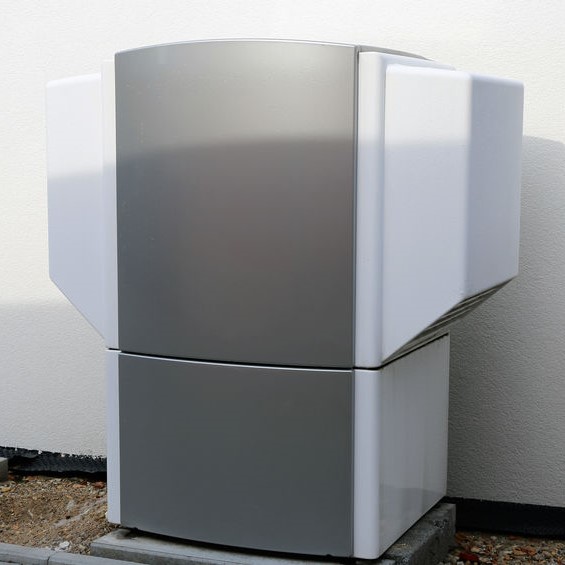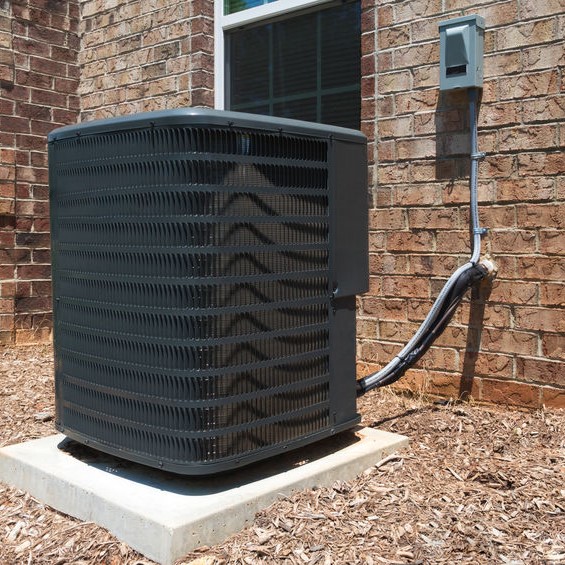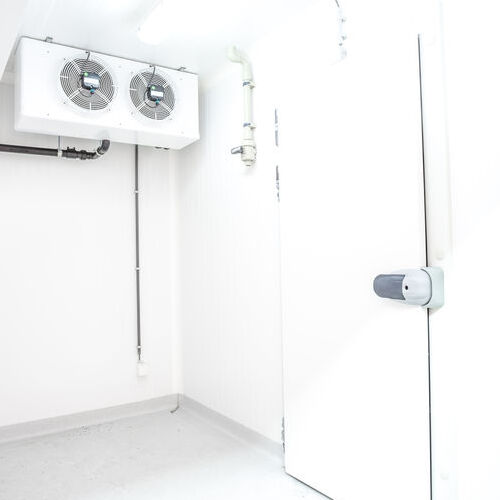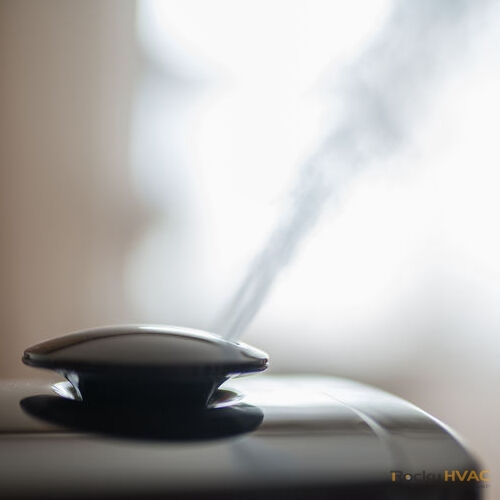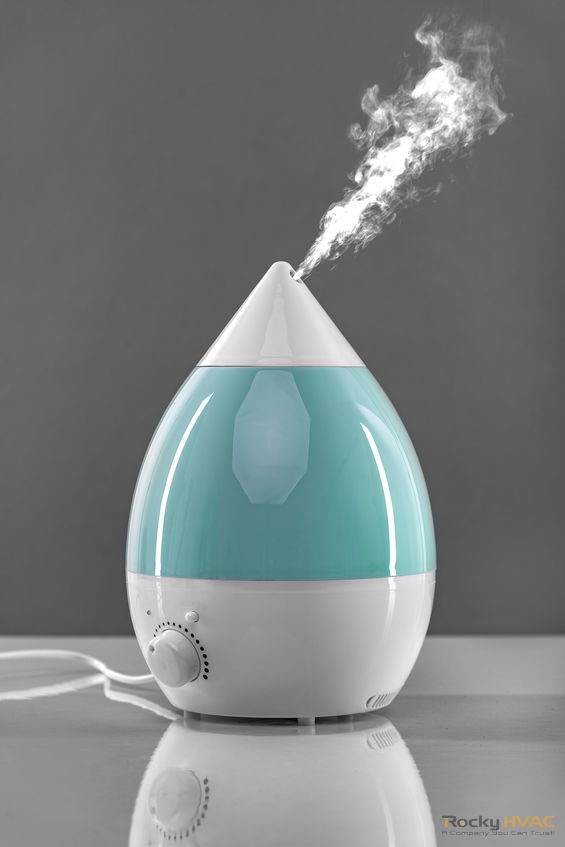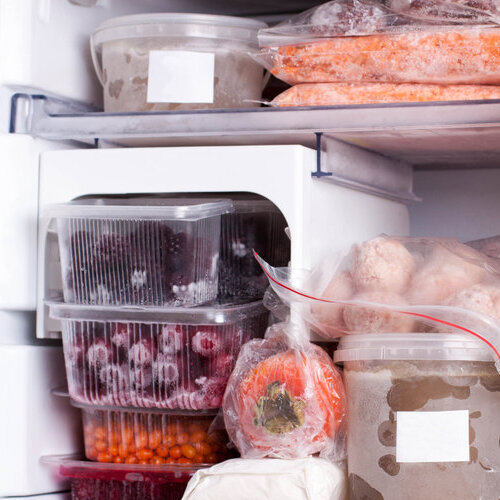
The Importance of a Walk-In Cooler
For a commercial or industrial kitchen, there are many important components that make it run smoothly. First is the staff! Having a staff that knows their job and the process is important. Then there is electricity, gas, water, and the appliances that use those things like the ovens, stoves, freezer, refrigerator, and the walk-in cooler.
When any one of those things isn’t working correctly, the entire operation is affected. Short staff, others have to pick up the slack. Any of the utilities that are off will shut the process down completely. Meanwhile, if any of the appliances, especially ones like the walk-in cooler, malfunction, it can mean ruined or spoiled food. And that is a major cost as well as inconvenient.
What is the difference between a walk-in cooler vs a refrigerator?
The FDA Food Code requires a restaurant to keep perishable foods at 41°F or lower. This requires the refrigeration system to be set at 38°F or lower. It doesn’t matter to the FDA if it is in a refrigerator or a walk-in cooler, as they both serve the same purpose. The difference between the two is the space they use.
A walk-in cooler is going to be at least 6’x6’, requiring additional space around it for ventilation. You can walk into your own personal kitchen and see the difference in their sizes. In addition to the space difference between the two, your next concern when it comes to which is best for your commercial or industrial kitchen is your storage requirements. Things to consider when deciding which one you need are:
- What will be stored
- Delivery frequency
- Organization of food
- Energy efficiency
What is the difference between a walk-in freezer vs a cooler?
A walk-in freezer will keep things at a temperature of zero degrees or even colder. While the refrigerator or walk-in cooler must both keep food at 41 degrees Fahrenheit or colder, a walk-in freezer is much colder and far more powerful. The side and rear panels are also thicker to maintain their below-freezing temperatures.
What is a walk-in cooler’s temperature?
Because the FDA requires commercial and industrial kitchens to keep perishable foods at 41 degrees Fahrenheit, a walk-in cooler needs to be set colder. The average temperature is between the 35°F and 38°F range. However, a temperature below 34°F will freeze food products like dairy and produce – foods that should not be frozen. It is important to make sure the temperature never drops below 35°F.
How to Keep a Walk-In Cooler Cold
Keeping a regular routine of preventive maintenance will not only keep your walk-in cooler cold but extend its life expectancy too. Some things you need to do for your walk-in cooler include:
1. The condensing unit
There are three key parts of a walk-in cooler: the compressor, condensing coil, and condensing fan motor. The condensing unit is often on top of the walk-in cooler. It could be under it or in a remote location, but it is important to know where it is so you can keep it clean for optimum efficiency.
Every 30 days, turn the power off to your walk-in cooler condensing unit and vacuum the debris and dust that accumulate there. Then use an air compressor or a shop-vac set in reverse and blow out any dirt and dust you couldn’t sweep off.
2. The exterior and interior
Every 30 days, clean the interior and exterior surfaces of the walk-in cooler with a mild detergent and water solution. Then sanitize the interior with a mixture of bleach and water.
3. The evaporator fan assembly
This circulates the air inside the walk-in cooler, pushes out the heat, collects water, and drains that water out and away. The evaporator fan assembly needs a thorough cleaning and sanitizing annually. This requires disconnecting the walk-in cooler power, removing the drain pain, washing it, and sanitizing it before cleaning the other components of this assembly.
4. The door seals
Annually, do an inspection of the walk-in cooler door seals and clean them with a mixture of bleach and water. Make sure they are pliable and seal tightly to the cabinet when the door shuts. As these seals age, they become brittle, and with a lot of use, they may tear. In both cases, they should be replaced.
5. Temperature controls
If you are constantly having to adjust the temperature, or if you notice sounds coming from the walk-in cooler, something is wrong. Call a professional service immediately before the contents spoil.
6. Humidity
The process of lowering the humidity in a walk-in-cooler is often related to temperature control. The biggest problem with high humidity in a walk-in cooler is the door being left open for too long and too often. This allows the outside air to change the inside temperature along with the humidity level of your walk-in cooler. An additional issue this causes is the growth and spread of mold spores inside the walk-in cooler.
What are walk-in cooler panels made from?
A walk-in cooler has side and back panels that are either curved or flat and form to or are set into the ceiling, door, and walls. These panels are made of insulation that is situated between the metal “skins” that are either aluminum, galvanized steel, or stainless steel.
Does a walk-in cooler need a defrost timer?
If your walk-in cooler is correctly operating, there shouldn’t be any need for it to be defrosted. When the evaporator has frosted over, it should quickly melt as the compressor cycles with the continuous air blowing over at the box temperature.
Does a walk-in cooler need a floor drain?
Again, like the defrosting question, if the walk-in cooler is working correctly, the condensing unit will drain any water as needed. There is no need for a floor drain. If the condensation unit isn’t working properly, you’ll need to call a professional technician to inspect the unit and make any needed repairs. The routine cleaning suggested earlier should keep that from becoming clogged.
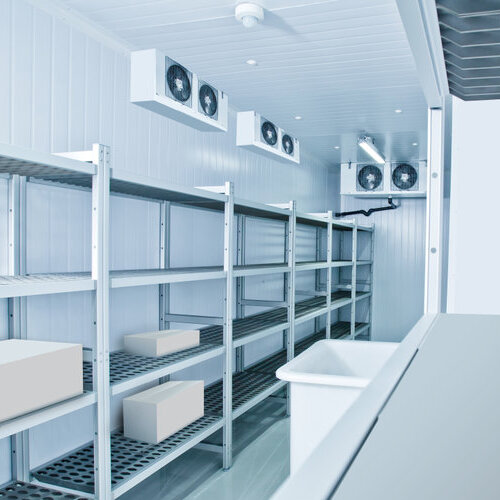
The Last Question and a Serious Problem – Why is my walk-in cooler freezing up?
A walk-in cooler is like other appliances and the equipment in your commercial or industrial kitchen – it will age with time. When it does, malfunctions are going to happen from old parts and old wiring. A walk-in cooler that keeps freezing up is one of those problems.
The first thing to do is let the ice melt off the evaporator and make sure the evaporation fan is running and correctly rotating. Then check the coil and drain line, clean and clear both as needed. After that, check all of the gauges and see that the temperatures are correct and the pressure, subcooling, and superheat are at normal settings, adjusting as needed. If none of this helps, it is time to call for professional service. Think you might need some help? Reach out to our team at Rocky HVAC for help with a walk-in cooler in Severn and Baltimore, MD by calling (410) 921-1277.

